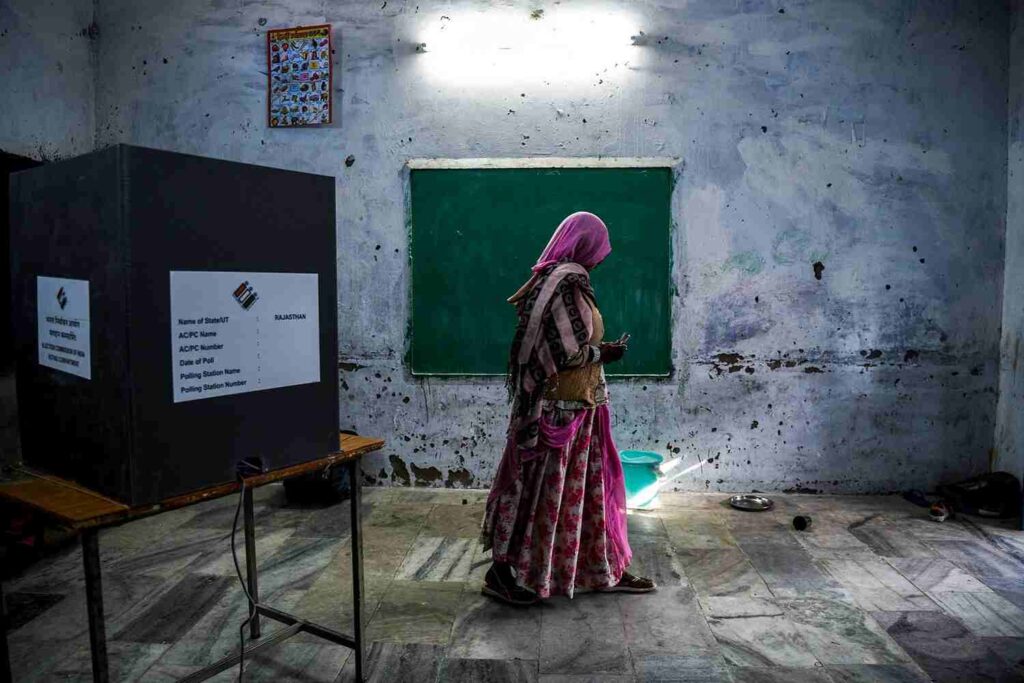Film Industry: Comparing India and Pakistan

Film Industry comparison between India and Pakistan makes a stark difference as it becomes clear that India’s film industry, commonly known as Bollywood, is much larger and more developed than Pakistan’s film industry, known as Lollywood.
In terms of output, it is true that India produces far more films each year than Pakistan, with Bollywood churning out hundreds of films annually compared to Lollywood’s smaller number of productions. However, it is also worth noting that Pakistan’s film industry has seen a resurgence in recent years, with a growing number of high-quality films being produced that have garnered critical acclaim and international recognition.
Read more: Kunyang Chhish Pakistan: A Challenging Peak for the Brave Climber
Moreover, while Bollywood dominates the South Asian film market and has a larger global reach, Lollywood has its own unique characteristics and strengths, reflecting Pakistan’s distinct cultural identity and history. Pakistani films often explore social and political issues relevant to the country and its people, and many of these films have resonated with audiences both within and outside of Pakistan.
In terms of challenges, both industries face their own unique obstacles. In India, there are concerns over the dominance of big-budget films and the limited opportunities for independent filmmakers, while in Pakistan, issues such as censorship and the limited availability of theaters remain major hurdles.
Overall, while India’s film industry is undeniably more established and commercially successful than Pakistan’s, both industries have their own unique strengths and challenges. It is important to recognize and celebrate the diversity of South Asian cinema, and to support the growth and development of all film industries in the region.
Basho valley Pakistan: Discover the unmatched beauty
Pakistan’s film industry, like many industries in the country, faces various threats and challenges. One of the most significant threats is from extremist groups who oppose the film industry’s output and seek to impose their conservative views on society. These groups often use violence and intimidation to disrupt film productions and threaten filmmakers and actors.
Another threat facing the Pakistani film industry is piracy, which has been a long-standing problem in the country. The widespread availability of pirated copies of films has led to significant revenue losses for filmmakers and distributors, making it difficult for the industry to sustain itself.
In addition, the industry also faces challenges related to infrastructure, such as the limited availability of theaters and other film-related resources. This has made it difficult for filmmakers to find venues to showcase their work and for the industry to expand and reach new audiences.
Despite these challenges, the Pakistani film industry has shown remarkable resilience and creativity, with filmmakers and actors continuing to produce high-quality and engaging films despite the obstacles they face. With increased government support and investment, as well as the emergence of new technologies and distribution channels, there is hope that the industry will continue to grow and thrive in the coming years.

 English
English 







































































































